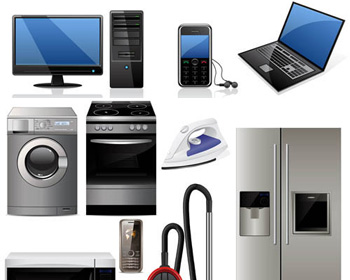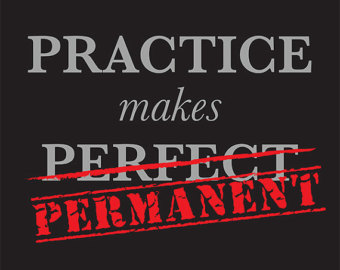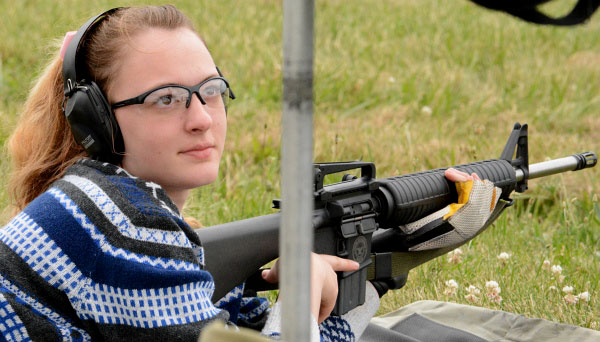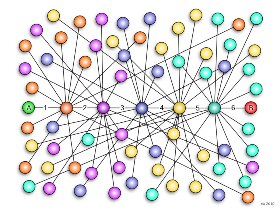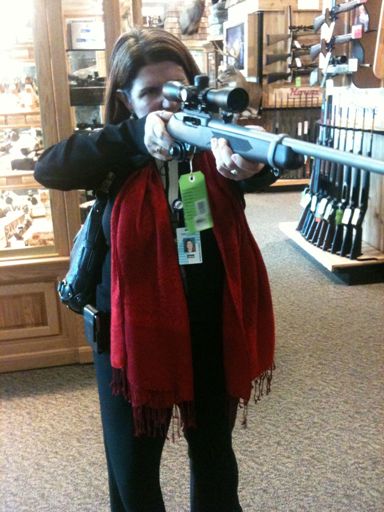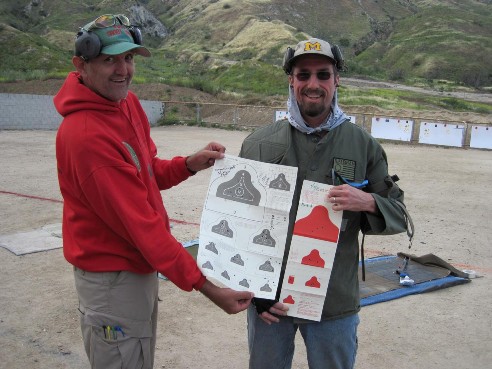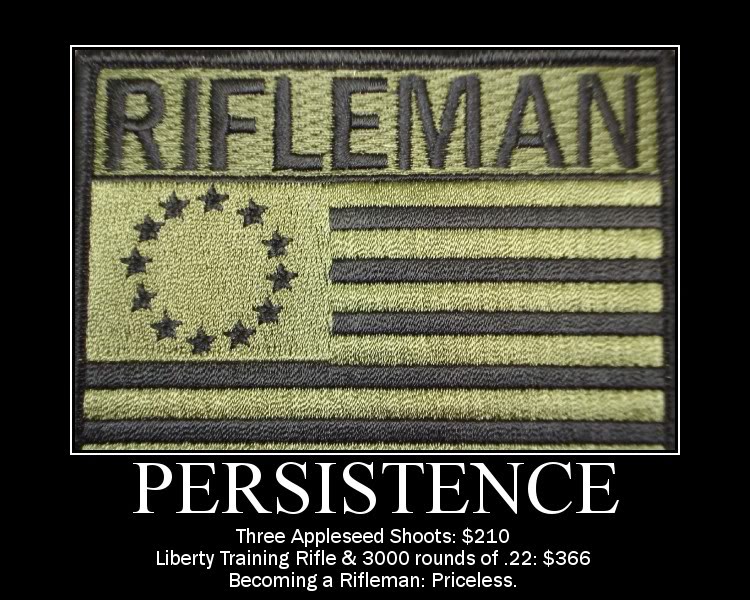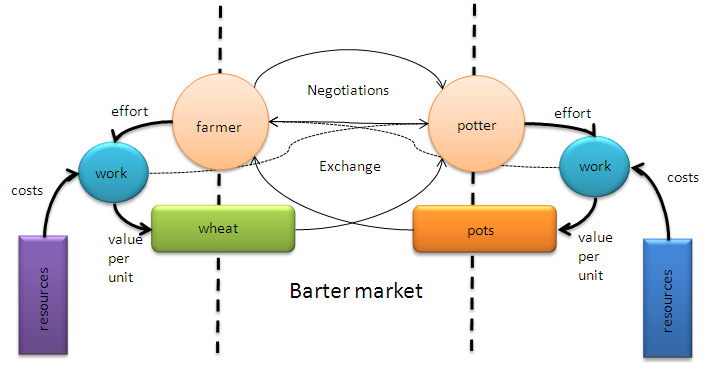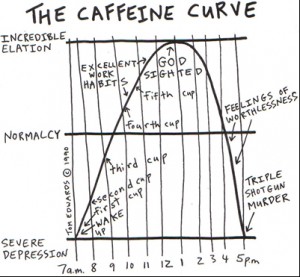Contacts can be used for much more than storing phone numbers and addresses. I make a new contact for every object, thing or vendor that needs to be tracked or managed. Camera’s, phones, kitchen appliances, software, computers, A/C Units, subscriptions, vendors, utilities . . .you name it. Simply keeping a little information on each item in the notes section of a contact makes a huge difference when action involving the object is required.
Naturally, there’s a folder in the filing cabinet for most things and vendors. But, 99% of the time all I need to pay a bill, upgrade software, fix the A/C, renew a subscription, cancel a service, etc. is contained in the contact notes. And, since contacts are synced everywhere I can access them from anywhere enabling me to take action from wherever I happen to be.
When it comes time to sell, ask for help or turnover over the management of an item the contact has all the relevant details. A quick read brings anyone up to date.
Why the Notes Section?
I tried using other fields, but, it made it too complicated to share between people and applications. Now, the only standard contact fields I use are Name, Address, Phone #s, Email, Web address, Company and Title. Everything else is input in the free form notes section of the contact.
Most Objects Have Vendors
Surprisingly, almost every object or thing is associated with a vendor. Therefore, I found that all the fields needed to track vendors can be used to track almost any object, as well.
My Template or Roll Your Own
Through experience I’ve discovered there’s about 35 things I may need to know about an object to perform most tasks that involves it. In practice, only 10-15 of these are needed for any given item although I keep the rest in to help my eye locate fields, quickly.
When a new contact is created I cut/paste the 35 fields (See below) into the notes section and fill out the ones applicable to the item. Feel free to use my template, roll your own or even keep it free form. The idea is to keep everything you need to know about an item to perform work about it, at your fingertips.
Powerful Benefits
- Synced Everywhere – Contacts (And Calendars) in most software are the most likely to be synced across the web, multiple computers and your phone. Data stored in one of these structures is usually available everywhere you are. You probably won’t need to purchase new software.
- Enables Action – Most actions revolve around objects, things and vendors. Having the details at your fingertips for everything in your life eliminates the prime reason for not taking action: Having to find supporting materials.
- Enables Delegation – I used to avoid asking for help to avoid having to list the 20 things people need to know to perform the action I needed help with. Having a contact with all the relevant data about every object in your life makes delegation a breeze. The contact is updated with every transaction. When you need help just forward it and ask for help. Ask the person to update the contact, as needed, and forward it back to you when they’re done.
- Capture Process & Procedures – Voice mail access/shortcuts, directions to the mailbox, directions to a store, web menu navigation, who you last talked with and what happened, what are the usual procedures that happen around this object or vendor? Why be forced to rediscover this info every time you deal with the vendor? Why be forced to write down directions or access instructions every time you need help? Also, If you delegate a task involving the item then the person who help you has a place to capture process and procedures.
- Enables Turnover – When it’s time to turn over the management of an object, thing or vendor you’ll be very glad to have all the relevant information and history in a simple contact you can attach to an e-mail.
Pointers to Physical Locations
Most items have a physical location or a folder in the filing cabinet associated with them. These locations don’t change often and rarely need to be accessed. However, if their location changes update the field in your contact. It will greatly assist in delegating and turning over the management of the item. It will also keep you from procrastinating should the folder be required to perform the next action.
Search Tags
I recommend putting search tags in each contact for two reasons:
- They help find an object or vendor when you can’t remember its name. Just search by keyword to find the item.
- They enable grouping items by keywords since most software will search and group by any text in the notes field of a contact.
For instance, every contact related to flying has the word ‘pilot’ in the notes of the contact. When focusing on that aspect of my life I can search for all contacts containing that keyword. Clever use of keywords enables some incredible uses. If you were to put keywords in each contact relating to Project, Role, Area of Focus, Entity, Responsibility etc., then you could spontaneously group all contacts:
- Tied to a credit card that’s about to expire.
- Whose address has to be changed if a business address is changed.
- Related to my search for land in Wyoming.
- Related to my role as a father.
- Related to my rental house on Main street.
No need to go overboard; keep it simple. But, you can get a lot of bang out of the two seconds it takes to put a keyword in a contact.
Tracking Them Tracking You
More often than not you need to be more organized than the vendors you employ. When one of your search tags, above, shows a vendor who tracks you by a certain address you need to have that address in the contact you keep on them. You don’t need to put your full address, credit card, etc., just an abbreviation for it.
Also, the Journal History may help navigate the internal processes of a vendor, if needed. For instance, if you’re trying to obtain service it’s better to say, “I spoke to Bill Myers on 4/3/09 and he told me to call back, today, and ask for Nancy if the rebate was not received” than to say, “I forget when I called or who I spoke to, but, still haven’t received anything in the mail”.
Keep it Secure and Updated
Techniques that optimize action tend to consolidate data. Protecting access to your contacts is urgent if you use this method of tracking objects & vendors.
Make sure to keep the contact updated, regularly. Type in a few words in the Journal History section each time an action is performed.
Track Objects & Vendors, not Projects
I once tried to use contacts to manage projects. It didn’t work because it overloads the notes section of the contact. It’s best to use contacts to manage the objects that projects revolve around. Consider using a separate contact to track the following items:
Software, vendors, bank accounts, web ids, voice mail instructions, magazine subscriptions, websites, guns, air conditioner, appliances, phones, cell phone, light bulbs, batteries taken by alarms, web subscriptions, Organization affiliations, Camcorder, camera, certifications, car, cable, internet provider, Costco card, voice mail instructions, utilities, car insurance, rental house contacts/crucial info, copier/printer, etc..
My Template
Whenever a new object, thing or vendor enters your life create a new contact and Cut & Paste this little template into the notes section of the contact. Put the Name, address, phone and e-mail of the contact in the normal fields for the contact. Then, quickly scan the template fields and fill in whatever you think will be needed to track the item.
As payments, transactions, name changes occur take a few seconds to update the contact notes. Just a few words in the Journal History can be a lifesaver when coming back up to speed on an item.
As mentioned, the template, below, is what I use, personally. Feel free to create your own or use no template, at all. Whatever keeps the right data at your fingertips and equips you for action is the best solution.
——Paste template, below this line, into notes section of the contact——-
Search Tags: [Put text here to enable you to find this contact]
Shared Drive Location(s): [Path on computer to directory or files about this object]
Physical File Location(s): [Name of reference folder in filing cabinet, Any applicable physical storage area]
Type: [Object, vendor, website, service, utility, etc.]
Services: [brief description of what this object does]
Info this contact has on Us: [How does vendor track you, what have you told them?]
Account #: [What is this vendors acct# for you]
Userid: [login or otherwise]
Password:
Entity:[Is this account with you or with an entity?]
Name: [What name do they have, if any?]
Address:
phone:
e-mail: [E-mail used by vendor to contact you]
spoken password:
credit card on file:
Method of Payment: Text
Entity who Pays:
Bank Account:
Automated?:
Frequency:
Amt. Due:
Date Due:
Info Unique to this Contact:
Serial #:
SKU #:
Model #:
Where Purchased?:
Order #:
Vendor Provides Multiple Services?
Vendor Has More Than one Primary Product:
Who do we talk to at this company?
Procedure(s):
To Pay Vendor:
To Change Address:
To Add Services:
To Cancel Account:
To Use Product/Service:
Journal History: [Brief description of your last interaction/transaction]”
——Paste template, above this line, into notes section of the contact——
Example Contact
Note how many of the fields, below, are not even filled out for this piece of software. That’s because those fields aren’t needed to manage the item. The idea is to keep it as simple as possible. I rarely fill out every field. However, using the full template for each item enables my eye to locate fields, quickly.
Search Tags: Omnifocus, GTD, Task Manager, MAC
Shared Drive Location(s): \Applications\Omnifocus, \date\path\here
Physical File Location(s): None, downloaded from web
Type: vendor
Services: software task manager for MAC based on GTD system
Info this contact has on Us:
Account #: OS6465738
Userid: none created yet
Password:
Entity: LLC
Name: My Name
Address: My Address for credit card purchase
phone: My Phone for credit card purchase
e-mail: My e-mail
spoken password: none
credit card on file: LLC Credit Card # Here
Method of Payment: LLC Credit Card
Entity who Pays: LLC
Bank Account: LLC account
Automated?: N/A
Frequency: N/A
Amt. Due: $79 one time purchase
Date Due: N/A
Info Unique to this Contact:
Vendor Provides Multiple Services? Multiple Omni software packages
Vendor Has More Than one Primary Product: omni graffle, sketcher, outliner
Who do we talk to at this company? web purchase only
Licence key = xaoe-4536-axeu-2563-oex5
Procedure(s):N/A
To Pay Vendor:
To Change Address:
To Add Services: www.webaddress_here.com
To Cancel Account:
To Use Product/Service:
Journal History:
Downloaded 14 day trial on 5/1/2010
purchased on 5/14/10, order id=OS6465738, received license key above
input license key into product and activated successfully
Simple and Powerful
Having the relevant data on hand for every object, thing and vendor in my life has been amazingly empowering. I’ve been able to accomplish things while traveling, avoid the hassles of finding support materials before taking action, take simple actions in time to avoid penalties and even turnover intractable admin tasks, as a result.

